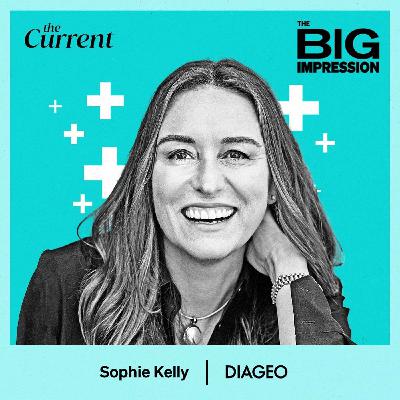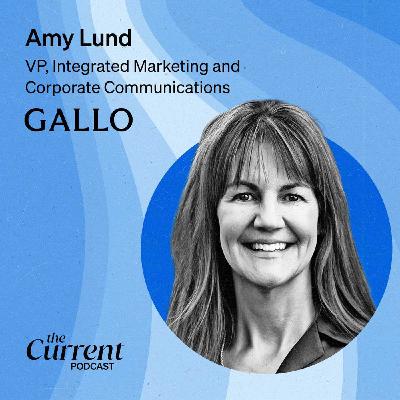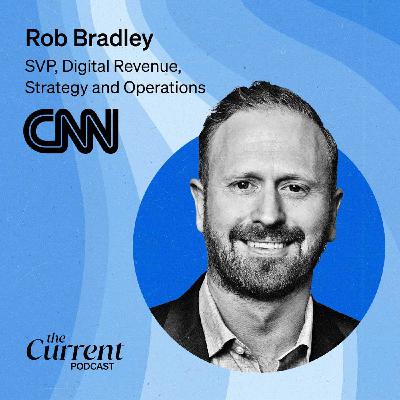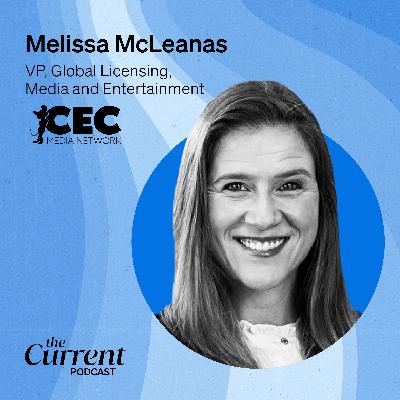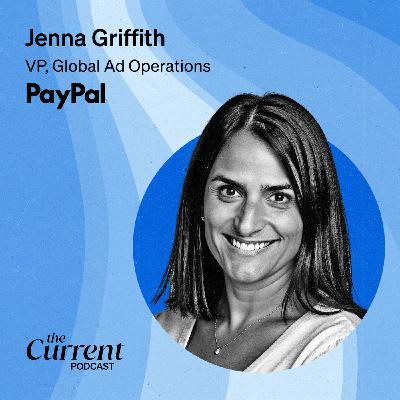Valnet’s Ji Heon Kim on how the publisher encouraged users to authenticate themselves
Description
With websites covering topics like entertainment (ScreenRant), gaming (Polygon) and automotive (CarBuzz), Valnet caters to users across a wide array of interests.
But according to Ji Heon Kim, Valnet’s head of monetization, Valnet realized it could create more value for its users by encouraging them to subscribe or authenticate themselves.
Maybe a “mass scale” of users wouldn’t sign up for their websites, but perhaps 10% would. And, as Kim puts it, that “10% would still be valuable, and we can do a lot with that 10%.”
“We created more value to [those] users, more exclusive content and high-quality content,” Kim says. “All of that became an initiative on the content side for us to deliver a premium model and give users an incentive to sign up.”
Kim further talked with The Current Podcast about balancing advertiser value, user experience and performance, which he says are “always affecting each other.”
Episode Transcript
Please note, this transcript may contain minor inconsistencies compared to the episode audio.
Damian Fowler (00:00 ):
I'm Damian Fowler, and welcome to The Current Podcast. Today we're talking to one of the biggest digital publishers. You might not know by name, but you've definitely read their stuff. I'm talking about Net. The company behind Screen Rant, the Gamer, Kaleida make use of, and a bunch of other sites that rack up hundreds of millions of sessions every month. Joining me today is Ji Kim Valnet's, head of monetization. Ji'S been leading the charge on everything from supply path optimization to first party data to figuring out how to drive real revenue without compromising the reader experience. We'll get into some of the big shifts they've made in their tech stack and how they're bringing newly acquired brands like Polygon into their ecosystem and what other publishers can learn from their approach.
Ji Kim (00:52 ):
At Valnet, I'd like to think of us as a publishing powerhouse. We started very small. Our motto is humble and hungry. We like to remind ourselves that it's always good to keep a humble mindset. I've been at NET for 10 years and we've grown tremendously. We've went through a lot ups and downs, but even as we grow, we like to think that we're small and agile and the publications we range from automotive, gaming, technology, entertainment, but entertainment has always been our flagship, but we've been kind of branching outside of that and trying to expand more and more. And then we have some lifestyle brands as well as sports.
Damian Fowler (01:35 ):
Let's talk about a moment that changed the game for Net. Can you walk us through your, I guess we're going to talk about supply path optimization at first anyway, which is a hot topic around these parts and what work you did around supply path optimization, like cutting resellers and boosting direct inventory. Could you talk us through that a little?
Ji Kim (01:57 ):
It's an ongoing process. It's certainly, I think most people agree that SPO is not an easy thing to achieve. You can commit to it one shot, but that's much harder to do considering that there will be a revenue impact. So for us, we tried both ways. We took a few sites and we took the direct approach and we saw a pretty decent stability, and then some other sites did not, and then we have to kind of revert back to it. SPO, it was always a topic that was talked about but not well enforced. And tradedesk took a big initiative to push publishers towards it. And then we started working closely with Jounce Media as well, with Chris Kane started kind of talking through some of the ideas, how should we go about it? How do we retain the value and still achieve removing the resale alliance and keep our inventory as clean as possible?
(02:51 ):
But initially our outlook of SPO was about making our inventory as clean and transparent as possible. Net considers ourselves as a premium publisher and we want to make sure that the advertisers see that as well. So we were heading in that direction. But ultimately, I think the biggest challenge with SPO was it's impossible to do an AB test because you have one A TXT file and you can't test one setup with the resell alliance, one setup without. So that's been pretty challenging to understand where's the value going, where is it coming from? And even with the Resell Alliance, when you talk to the SSPs with Resell Alliance, they'll go, oh, these are PP deals. These are not just rebroadcasting and all this stuff. So trying to understand the granularity and all that details of what each resale align means was very difficult. But ultimately we know we have to go in that direction, but we know it's not going to happen overnight, so we're kind of just taking a step at a time.
Damian Fowler (03:51 ):
That's great. What would you say was the kind of catalyst or moment that sparked that shift?
Ji Kim (03:57 ):
We always talked about advertiser value. It is important to yield as much value as possible and get the performance that we need. We always think that advertiser value is important, and when we think about that, it's like you go through stages. You go, okay, viewability needs to be important. Let's get viewability up to above standard, above average, make sure our CTR is good, but it's high quality clicks. It's not just users just clicking on stuff. Then you go through the lines and eventually you get to SPOs. Make sure that advertisers know what inventory they're getting access to, what they're buying, and make sure that they're getting insights. The transparency is there. Then we've increased the value of our inventory.
Damian Fowler (04:46 ):
Yeah, I mean that's the key, right, obviously. And speaking of that, having made these changes, are you in a position to be able to see the kind of impact that they've had from a revenue
Ji Kim (04:58 ):
Perspective? Honestly, I don't think I can everything, especially with these kinds of stuff, what I've learned is it doesn't change overnight. Let's say we remove all the reseller lines yesterday. Today, likely the performance is going to drop initially and maybe things recover over time, but there's so many moving parts that it's hard to associate the value towards SPO, and that's a lot of things that we do in this industry. But I think that's when we like to look at it as, you know what? Ultimately we are improving the quality of our inventory, so we will get rewarded at some point. And that's how you move forward. But with SPO, I think the other side is that it's not just about removing reseller lines. You also have to market yourself and tell the advertisers that, Hey, we have gone in this direction. We have removed the reseller lines. All of our inventory is direct. It's clean. And that part is also hard to do. We haven't spent a lot of time or resources into marketing ourselves, and that's why we talked about, people may not know net, but they know our brands. It's the same thing. It's like we are now making a big push to let people know who Val net is, and that's going to go in hand in hand with this stuff.
Damian Fowler (06:21 ):
In terms of that messaging around the surgery as it were you're doing on the supply path, does that land well with advertisers?
Ji Kim (06:32 ):
I think it's always positively looked at when you tell them, it's like everybody, it is never negative, but I don't know if actually if it's meaningful for them because at scale, they're buying at scale. So yeah, we're a big publisher, but they're also buying at multiple publishers. Maybe only small portion of their budgets come to us. So it's positive, but I don't know if it's all that meaningful to them. At least that's what I've felt.
Damian Fowler (07:04 ):
So in addition to the SPO, what other tweaks or changes are you as head of monetization looking at to basically bring in those ad dollars and keep readers satisfied, I suppose?
Ji Kim (07:17 ):
Yeah, so there's three things. So we looked at the advertiser value, but then there's the user experience and then the performance side. So always those three things, there's constantly affecting each other. Ad density is probably one of the biggest part













